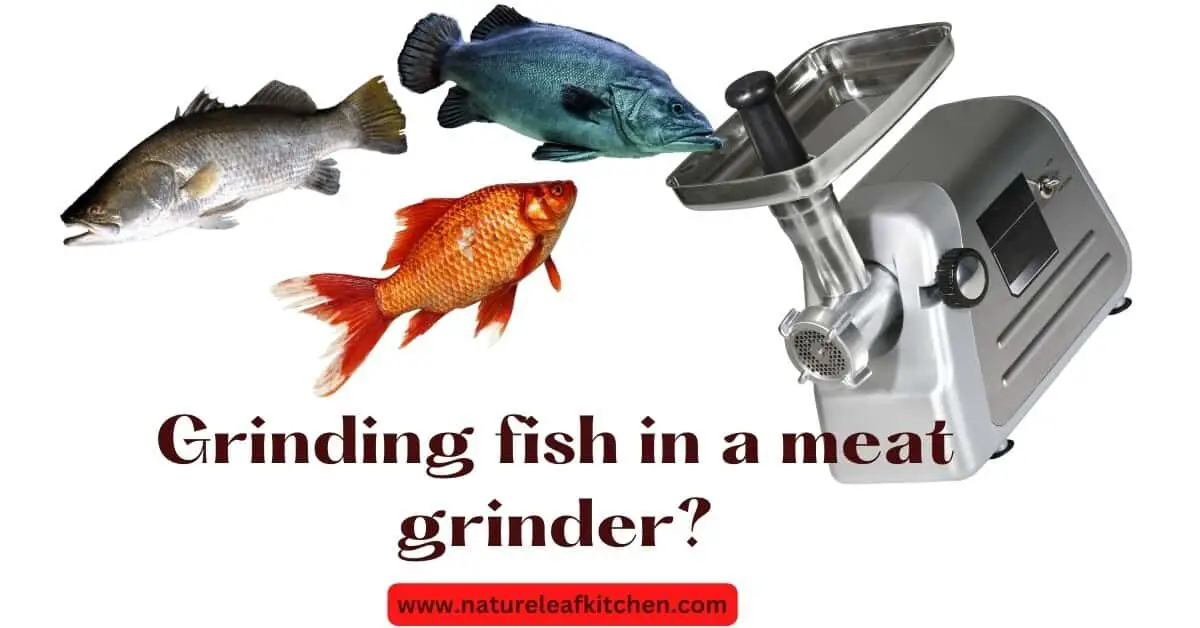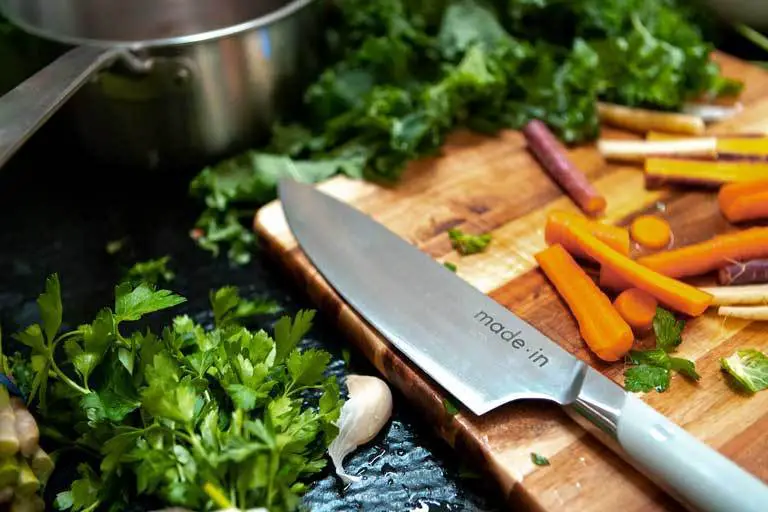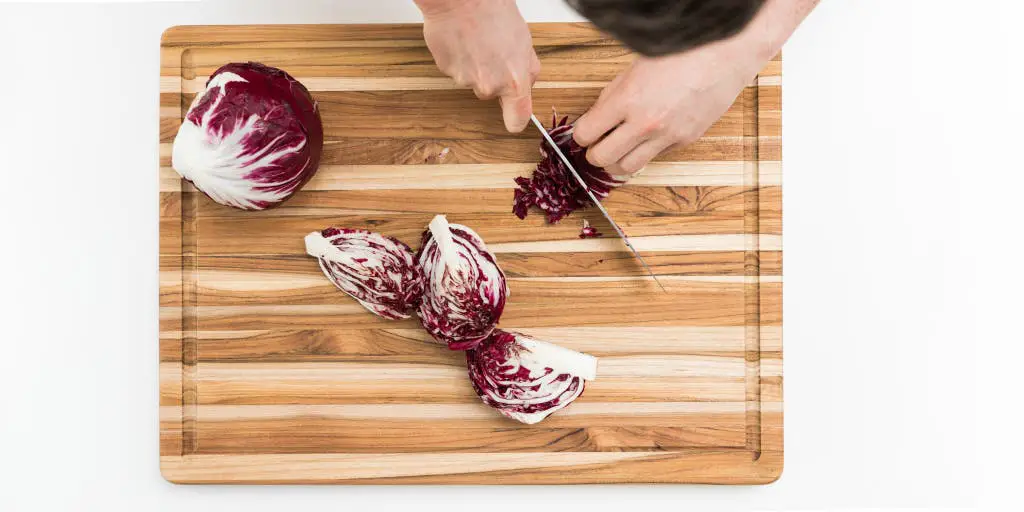Grinding fish in a meat grinder is possible, but it’s important to keep in mind that not all fish are suitable for grinding and proper sanitation is crucial to avoid contamination and food poisoning. Some of the pros of grinding fish in a meat grinder include cost-effectiveness, freshness, and customization.
However, some of the cons include safety concerns, sanitation issues, and the time-consuming nature of the process.
Is it safe to grind fish in a meat grinder?
It can be safe to grind fish in a meat grinder, but it’s important to consider certain safety precautions. Firstly, it is important to ensure that the fish is fresh and properly handled to avoid contamination with harmful bacteria. Also, it is crucial to properly clean and sanitize the meat grinder before and after each use to prevent cross-contamination with other foods.
Additionally, it is recommended to use white fish such as cod, haddock, and tilapia, as oily fish may require more frequent cleaning of the meat grinder. Overall, if the fish is fresh, the meat grinder is cleaned and sanitized, and proper food handling techniques are followed, it can be safe to grind fish in a meat grinder.
What is the best way to grind fish in a meat grinder?
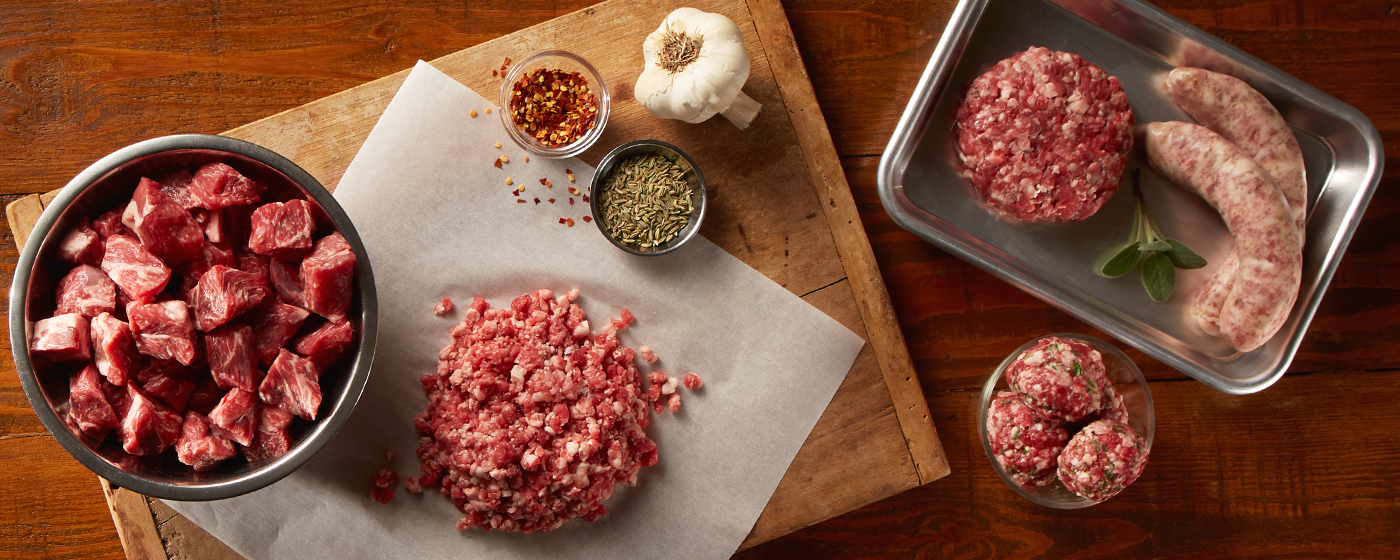
Grinding fish in a meat grinder can be a great way to make your own fish cakes, fish balls, or even fish sausage. However, to ensure the best results, it is important to follow certain guidelines.
- Select the right type of fish: White fish such as cod, haddock, and tilapia are excellent choices for grinding in a meat grinder. Fish such as salmon and tuna can also be used, but they are often more oily and may require more frequent cleaning of the meat grinder. Fresh fish is always best, but frozen fish can also be used as long as it is properly thawed and handled.
- Cut the fish into small pieces: Before grinding, it is important to cut the fish into small pieces that will fit easily into the meat grinder. This will ensure that the fish is ground evenly and that the final product has a consistent texture.
- Chill the fish and meat grinder: It is important to keep the fish and meat grinder chilled before grinding to prevent the fish from becoming too warm and releasing excess moisture. This can cause the fish to clog the meat grinder and make it difficult to clean.
- Use the right plate: Use the plate with the right size hole for the desired texture. A coarse plate for a chunky texture or a fine plate for a smooth texture.
- Grind the fish in small batches: To avoid overloading the meat grinder, it is best to grind the fish in small batches. This will ensure that the fish is ground evenly and that the final product has a consistent texture.
- Clean and sanitize the meat grinder: After each use, it is important to properly clean and sanitize the meat grinder to prevent cross-contamination with other foods and to prolong the life of the equipment.
By following these guidelines, you can ensure that the fish is ground evenly and that the final product has a consistent texture. Additionally, proper cleaning and sanitation will help to prevent food contamination and prolong the life of the meat grinder.
Read This Post:
The Best Meat Grinders Under 100
KitchenAid Meat Grinder Vs Standalone Meat Grinder
How do I clean a meat grinder after grinding fish?

Cleaning a meat grinder after grinding fish is crucial to prevent cross-contamination with other foods and to prolong the life of the equipment. Here are the steps to properly clean a meat grinder after grinding fish:
- Disassemble the meat grinder: Remove the blades, plates, and other parts of the meat grinder and set them aside.
- Scrape the remaining fish: Use a brush or a spatula to scrape off any remaining fish from the parts of the meat grinder.
- Clean the parts with hot water and detergent: Use hot water and mild detergent to clean the blades, plates, and other parts of the meat grinder. Be sure to pay attention to the blades and other hard-to-reach areas, as fish can easily get stuck in these areas.
- Rinse the parts with hot water: Rinse the blades, plates, and other parts of the meat grinder with hot water to remove any remaining detergent.
- Dry the parts: Dry the blades, plates, and other parts of the meat grinder thoroughly before reassembling the meat grinder.
- Clean the exterior of the meat grinder: Wipe down the exterior of the meat grinder with a damp cloth to remove any remaining fish.
It’s important to note that after each use, it is important to properly clean and sanitize the meat grinder to prevent cross-contamination with other foods and to prolong the life of the equipment. Additionally, if you are using frozen fish to grind, it’s important to thaw it properly and handle it carefully to avoid any risk of bacteria growth.
Can you grind fish in a food processor?
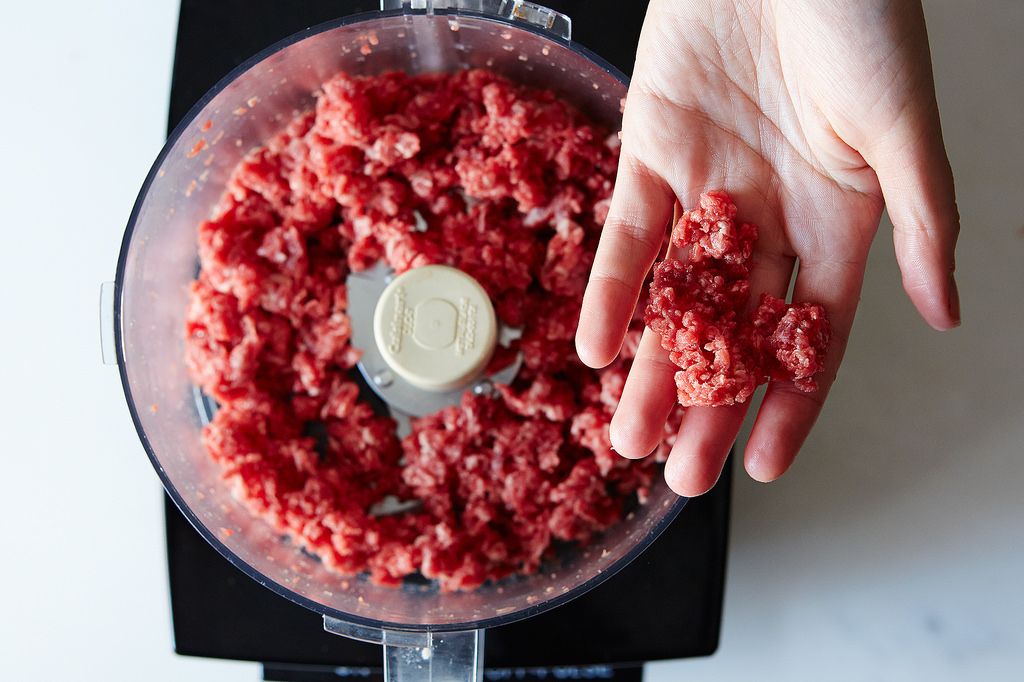
It is possible to grind fish in a food processor, but it may not be the best option. Fish has a delicate texture and can easily become mushy when ground in a food processor. Furthermore, some food processors may not have the power or the right blades to grind fish effectively.
A meat grinder is specifically designed to grind meat and fish and can provide a more consistent texture. It’s also easier to clean after use. However, if you don’t have a meat grinder and you still want to use a food processor, you can try using small batches, pulsing them, and using a sharp blade. Keep an eye on the texture and stop the process if it becomes mushy.
Read This Post: Meat Grinder Vs Food Processor-Which Is The Best?
What are the best types of fish to grind in a meat grinder?
The best types of fish to grind in a meat grinder are white fish that are low in oil and have a firm texture, such as:
- Cod
- Haddock
- Tilapia
- Halibut
- Pollock
- Sole
- Catfish
These types of fish have a mild flavor and a firm texture that holds together well when ground. They also have a lower oil content, which can help to prevent clogging of the meat grinder and make it easier to clean. Additionally, they are less likely to become mushy when ground, providing a more consistent texture in the final product.
FAQs:
1. Can you grind fish bones in a meat grinder?
It is not recommended to grind fish u003ca href=u0022https://www.wikihow.com/Grind-Bonesu0022 rel=u0022nofollowu0022u003ebones in a meat grinderu003c/au003e as it can damage the blades and create small bone fragments that can be dangerous to consume. Instead, it is best to remove the bones from the fish before grinding.
2. Can I grind frozen fish in a meat grinder?
Yes, you can grind frozen fish in a meat grinder as long as it is properly thawed and handled. It is important to note that the texture of frozen fish may not be as consistent as fresh fish and the final product may be a bit mushier.
3. Can I grind fish for cat food using a meat grinder?
Yes, you can grind fish for cat food using a meat grinder. However, it is important to note that the fish should be properly handled and cleaned to avoid contamination and food poisoning. Also, cat food has specific nutritional requirements so it’s better to consult with a veterinarian or a nutritionist before preparing it.
4. Can I use a meat grinder to make a fish paste?
Yes, you can use a meat grinder to make a fish paste. However, it is important to note that the texture of the final product may not be as smooth as store-bought fish paste, which is often made with a hammer mill. You may need to process it multiple times to reach the desired texture.
Conclusion:
Grinding fish in a meat grinder can be a great way to make your own fish-based dishes, but it is important to keep in mind the safety and sanitation issues. By selecting the right type of fish, properly cleaning and maintaining your meat grinder, and following proper food handling techniques, you can safely and successfully grind fish at home.
